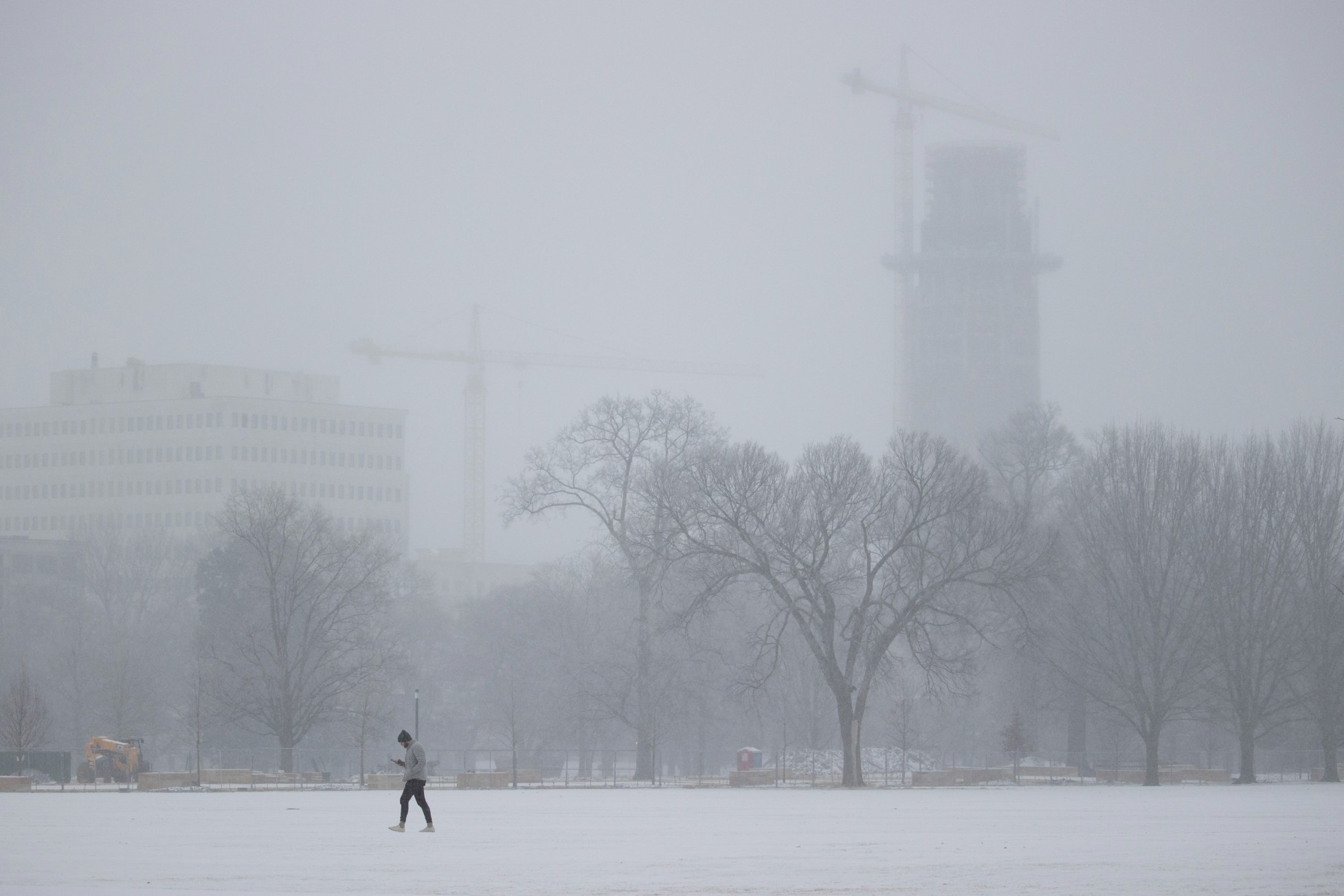
Heavy Rain, Flooding, and Chance of Severe Weather Staring Down the Southern U.S.
January 22, 2024
Posted: December 22, 2022 1:31 pm





If you live in the Northeast, you have been warned. The storm that is creating blizzard conditions across the Midwest heading into the Christmas holiday is on the move to the east, bringing a host of disruptive winter weather conditions to the region.
The eastern half of the U.S. is in for a variety of inclement weather impacts, including heavy rain, snow, gusty winds, and bitterly cold temperatures. Any moisture that falls prior to the arrival of the Arctic air will likely freeze and trigger significant complications as Americans try to get to their final destination for the holiday weekend.
Forecasters are warning travelers to leave now ahead of the storm, if possible. While the busiest airline hubs in the Northeast will likely be spared the worst of the weather, the ripple effect could strand air travelers throughout the entirety of the country.
The initial round of moisture from this storm is forecast to spread to the Northeast on Thursday. The central Appalachians will see a wintry mix of snow, sleet, and freezing rain. This mix will eventually move to the north, expanding all the way into the far reaches of Maine.
The good news is that the bulk of the busy Interstate 95 corridor will only see heavy rain on Thursday night and Friday. Temperatures in the 50s will keep the moisture falling as rain just ahead of the Arctic air invasion. Unfortunately, these warm temperatures are not forecast to stick around for long.
Rain may be heavy enough to create reduced visibility and ponding on highways. Some areas of New England and upstate New York may also see small stream flooding as the rain continues to fall and existing snow starts to melt.
Winds will also be a factor beginning Thursday night and into Friday. Gusts in the range of 40 to 60 mph could bring down tree limbs and power lines. You also cannot rule out minor coastal flooding as a result of these winds coming in on the leading edge of the storm.
This will be just the start of the weather impacts for the region. Once the front arrives, you can expect the mercury to tumble 30 – 50 degrees in a period of just a few hours. This means that any water still on the roads and sidewalks is likely to freeze.
The Friday afternoon commute could be particularly dangerous for those in the Northeast. The areas most at risk of seeing a rapid freezing will be through the Appalachians and up the Interstate 95 corridor across the mid-Atlantic and into New England.
The rapid cooling will also catch many people off guard. For instance, while those in Philadelphia will wake up to readings in the 50s on Friday morning, the mercury will tumble into the 20s by the evening hours.
The greatest chance of snow will happen in the higher terrains of West Virginia and North Carolina up into Maine. The plunging temperatures will make it difficult for road crews to remove any snow or ice on the roads.
The cold is going to stick around through the holiday weekend with temperatures not predicted to hit the freezing mark until Tuesday for areas as far south as the nation’s capital. More wind coming in at the end of the storm system will make the real feel readings even colder. For example, real feel readings will tumble well below zero degrees in the central Appalachians.
In addition to presenting a number of travel disruptions both on the roads and in the air, the winds may knock out power just in time for the holiday. The extreme cold may also make it more challenging for crews to restore power in a timely manner.
Lastly, forecasters are warning that the lake effect snow machine will likely get going over the weekend, bringing significant accumulations to Michigan and into Pennsylvania and New York state. Drifting and blowing snow is also a possibility as the moisture pairs with the high winds accompanying the storm system.
The good news is that the long-range forecast indicates a warming trend as the calendar flips from December to January.
Did you find this content useful? Feel free to bookmark or to post to your timeline for reference later.

January 21, 2024

January 19, 2024

January 18, 2024